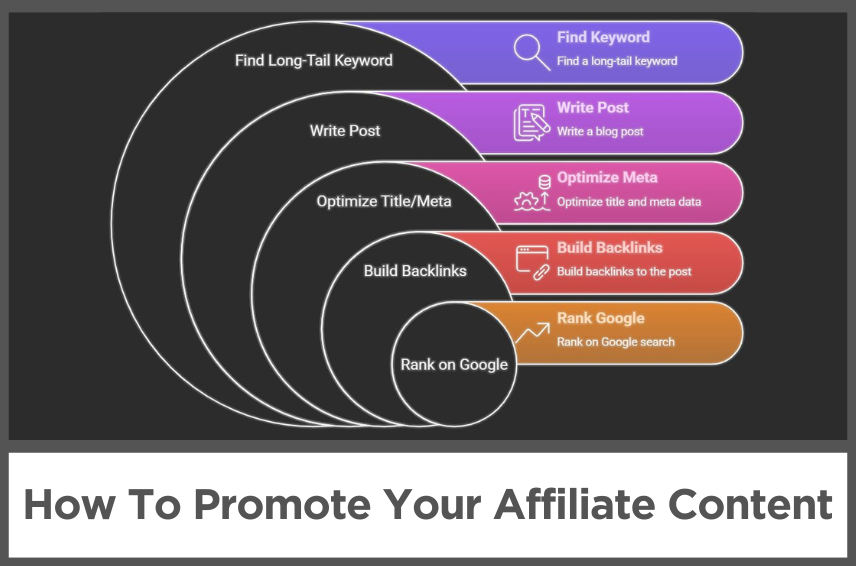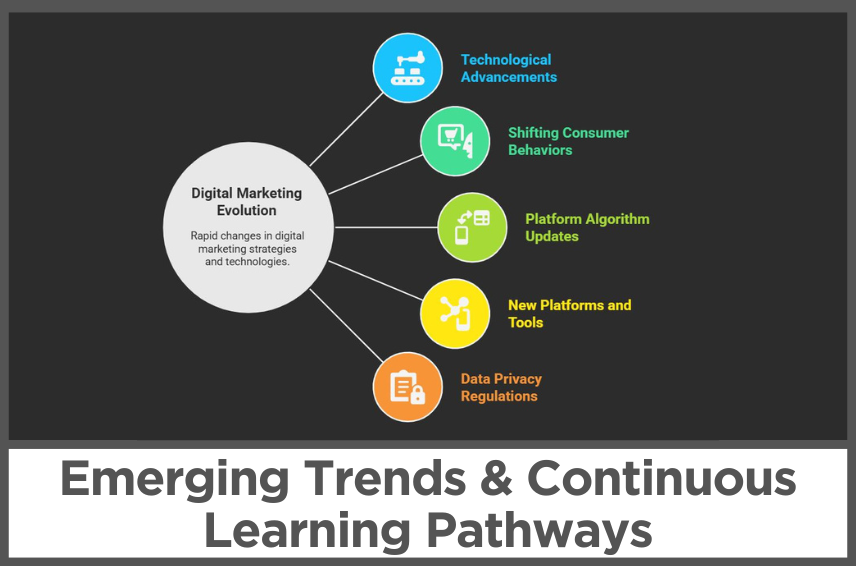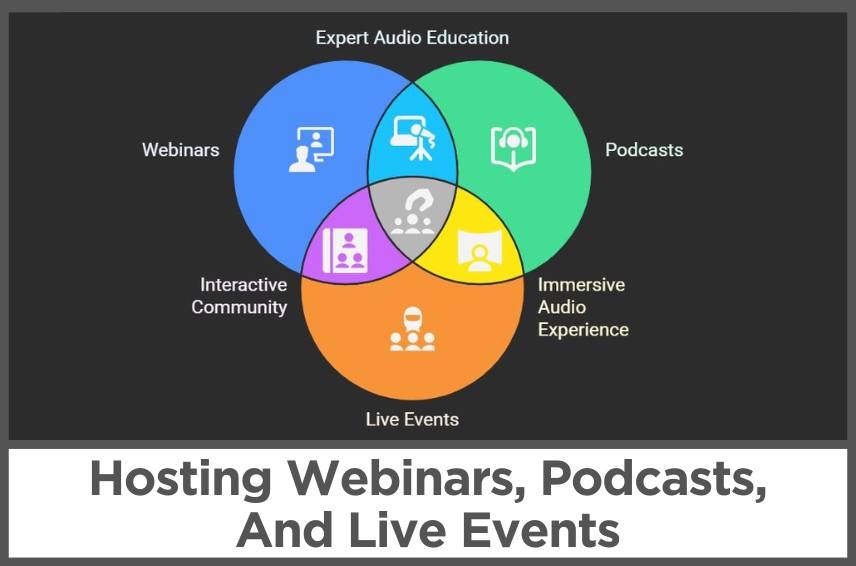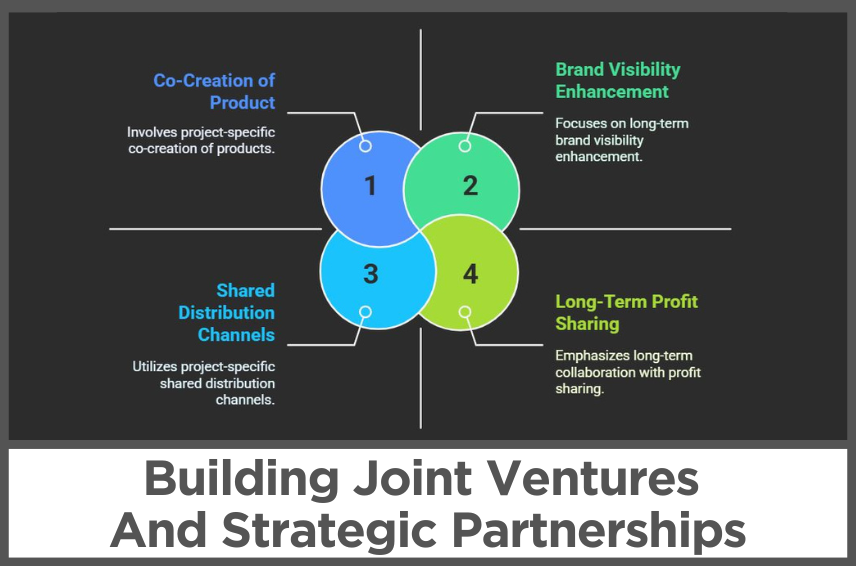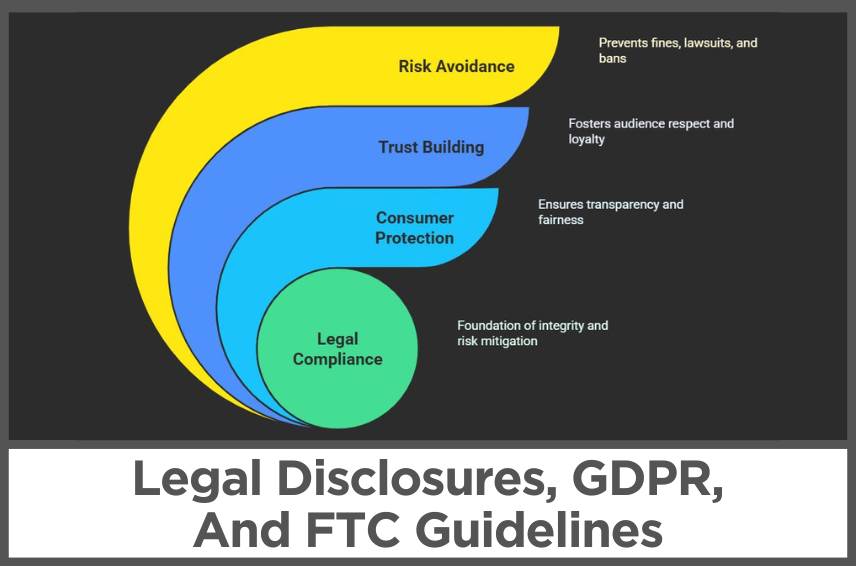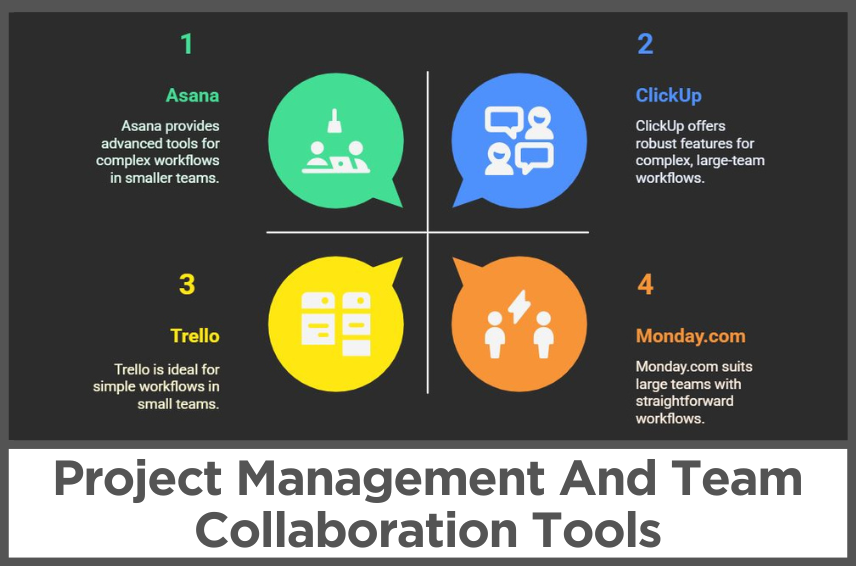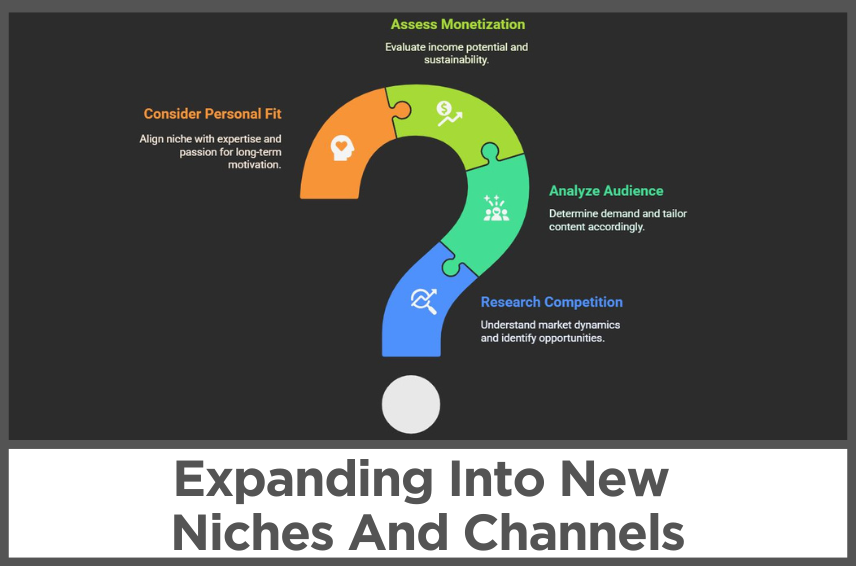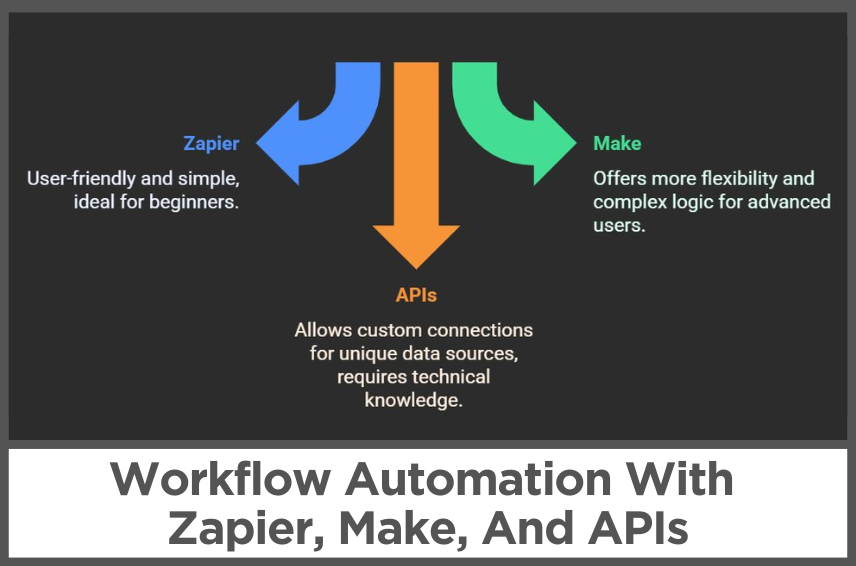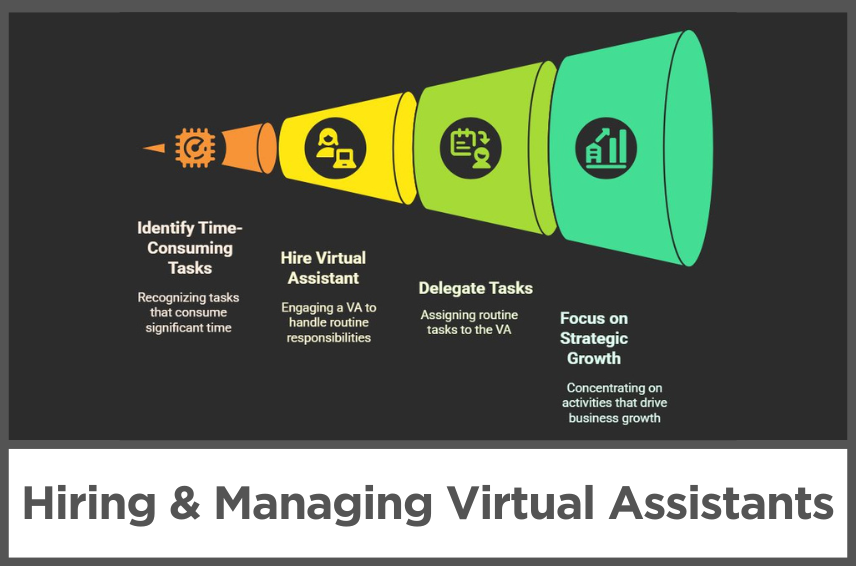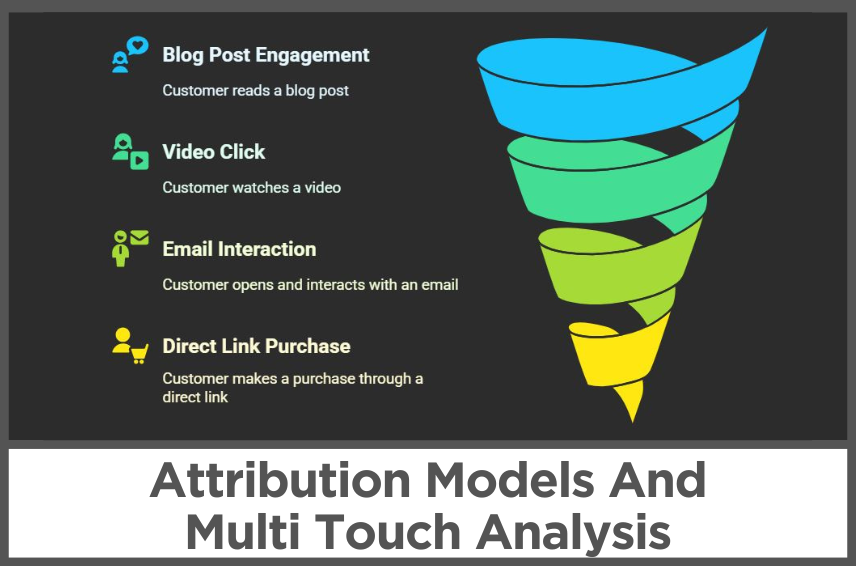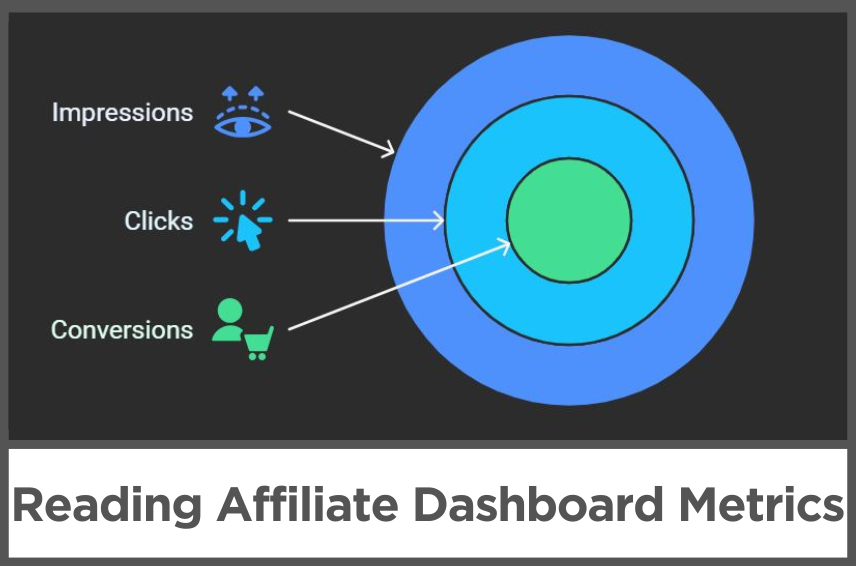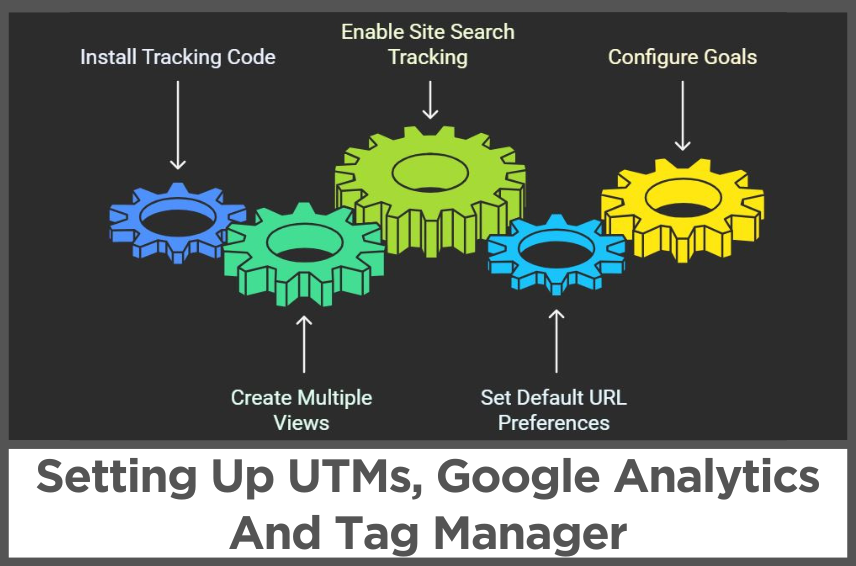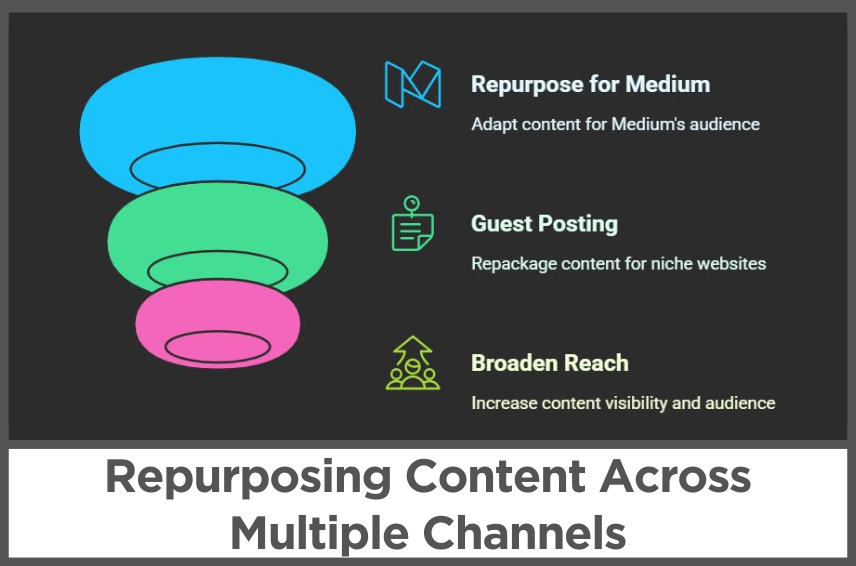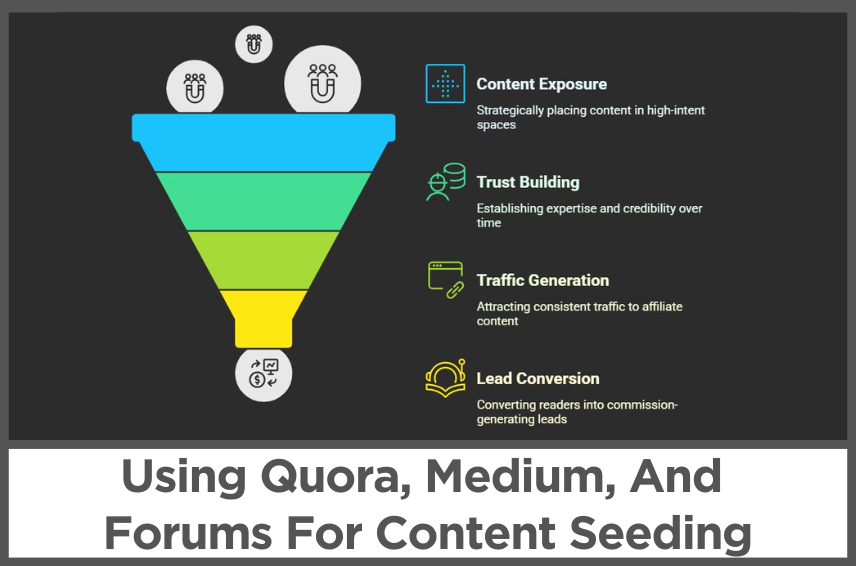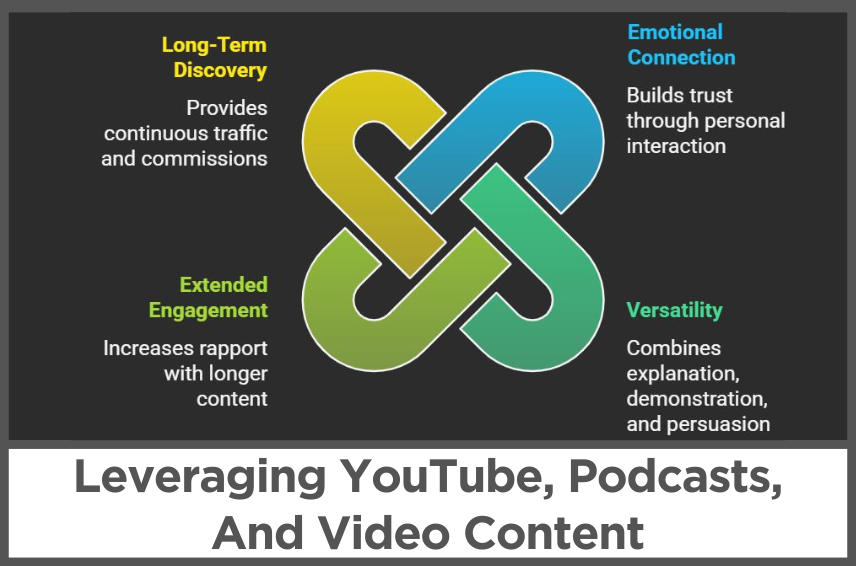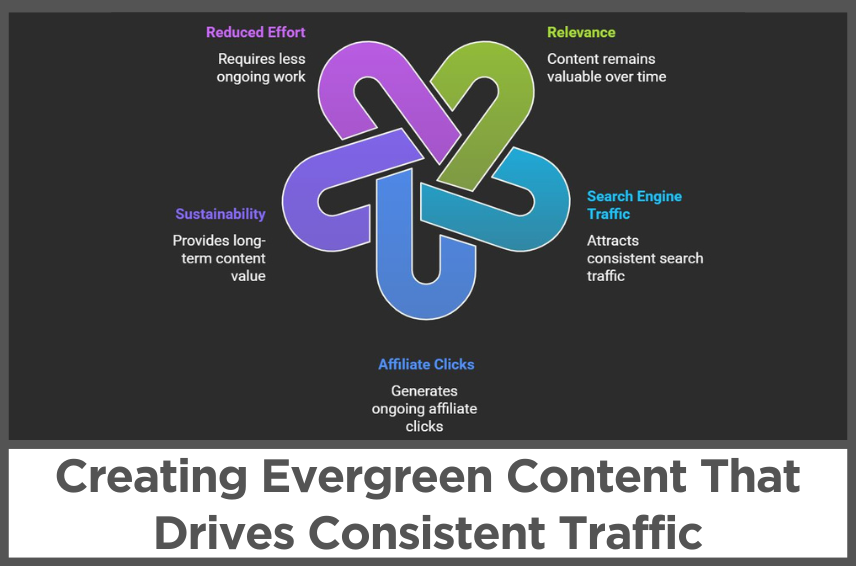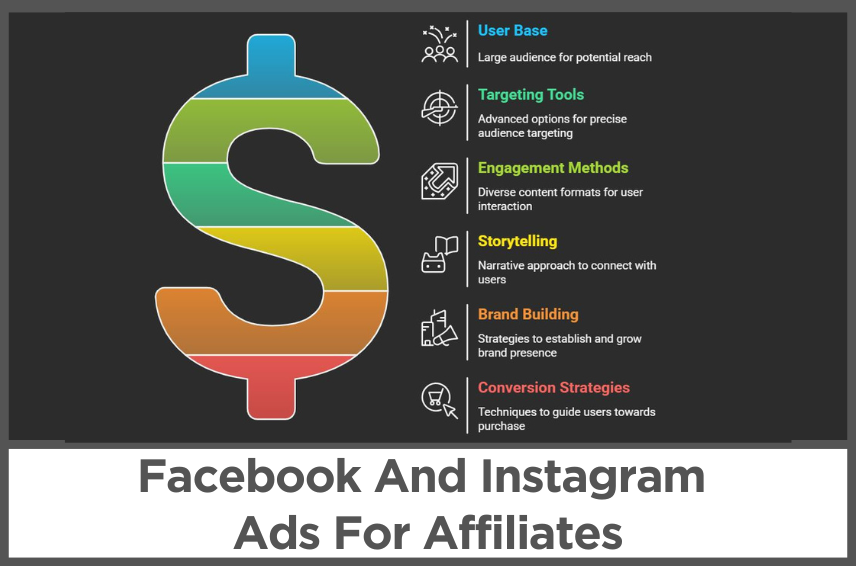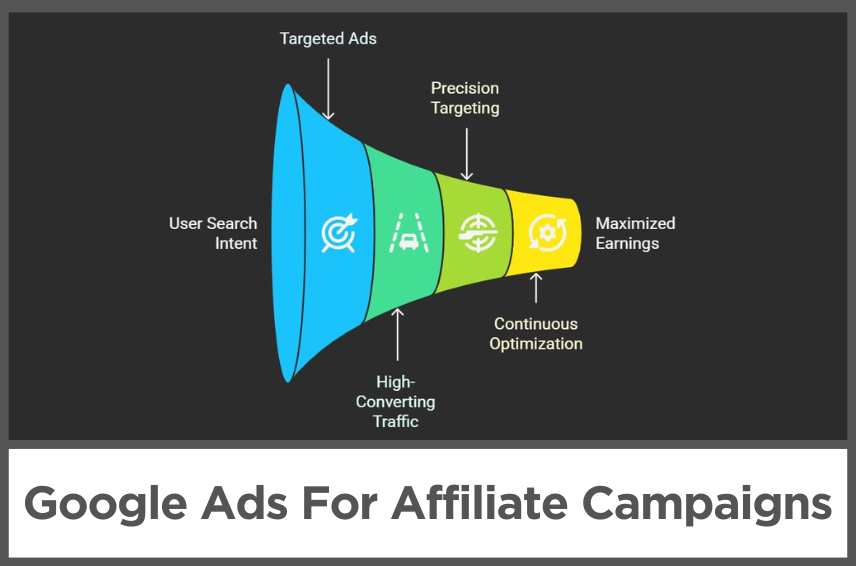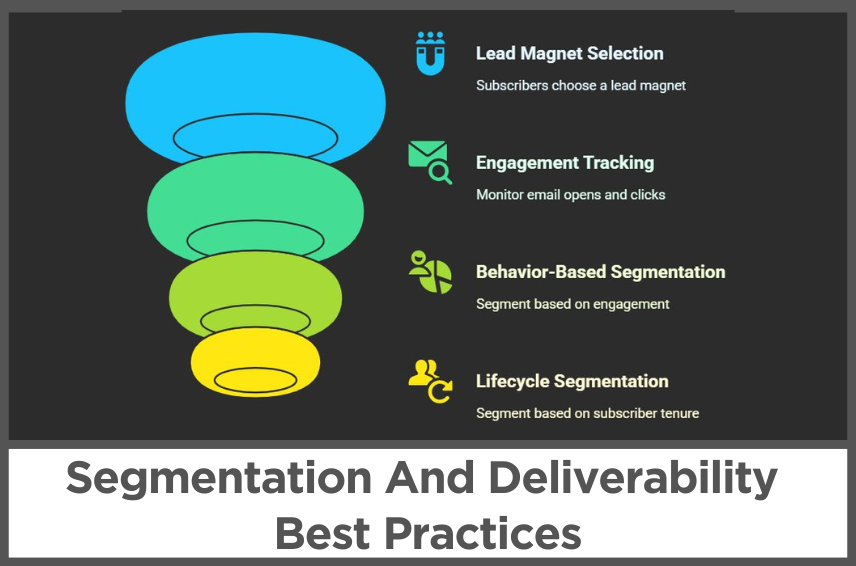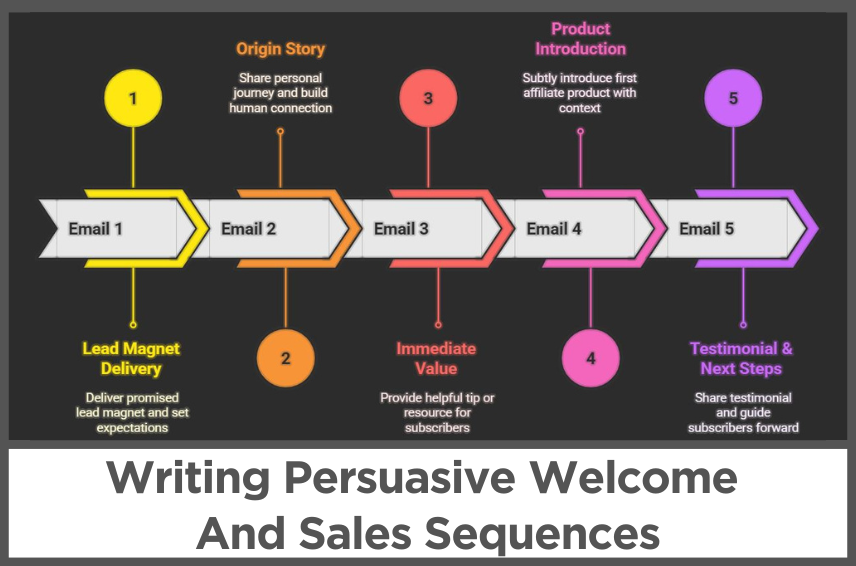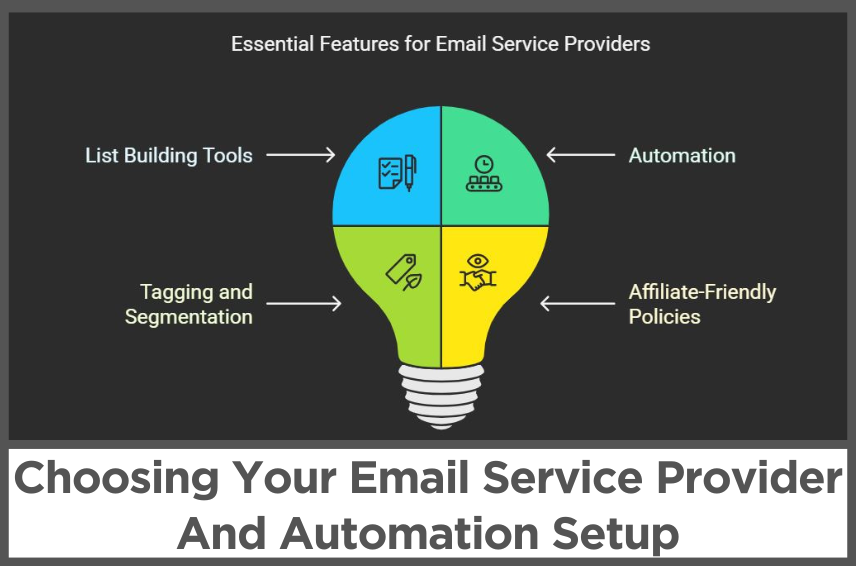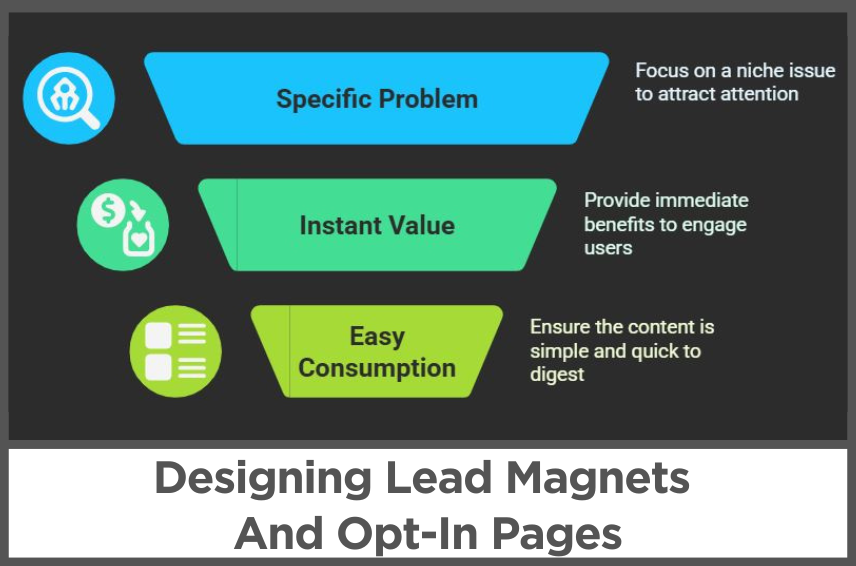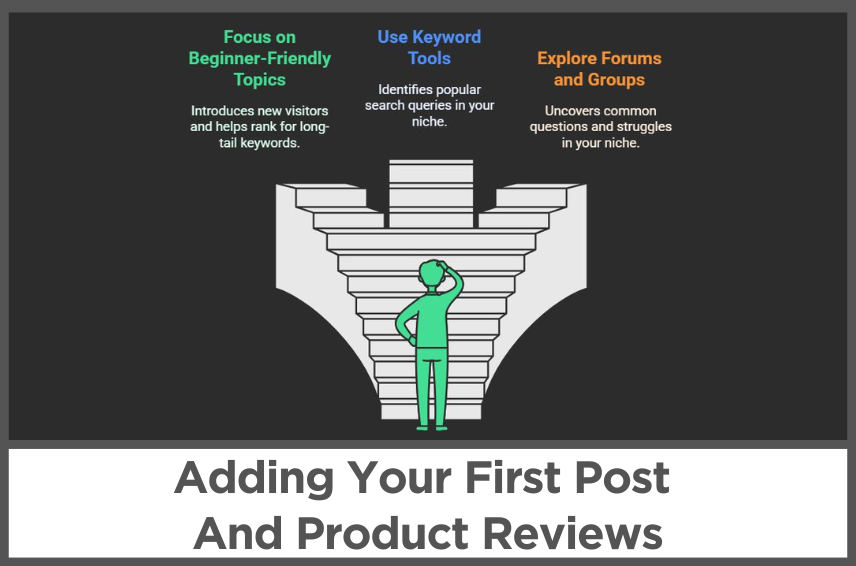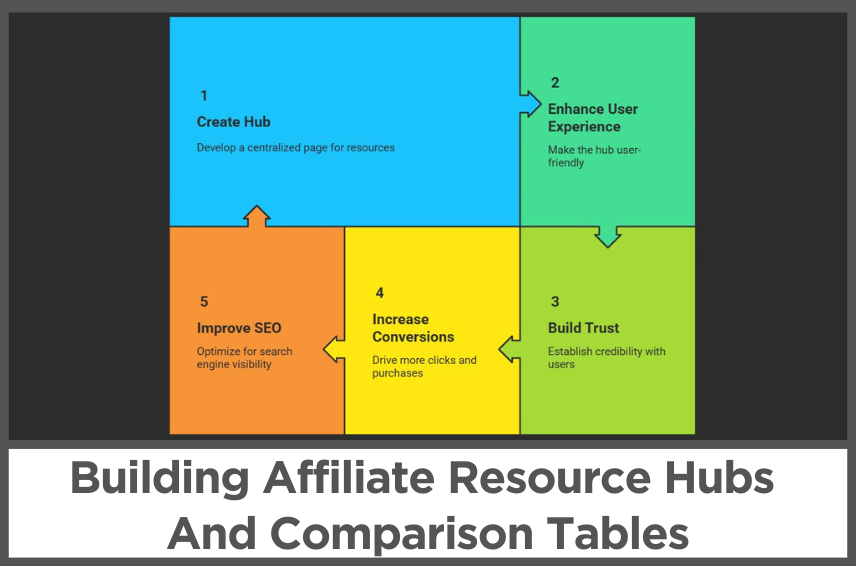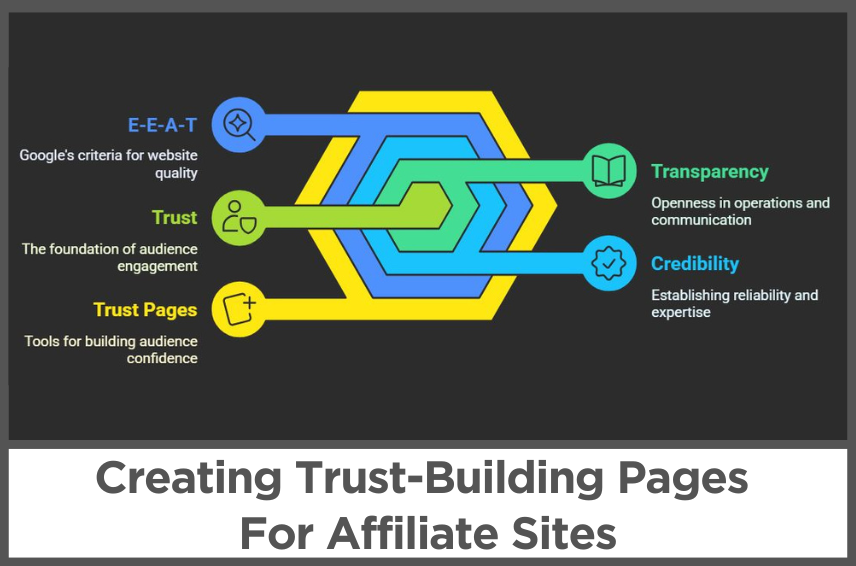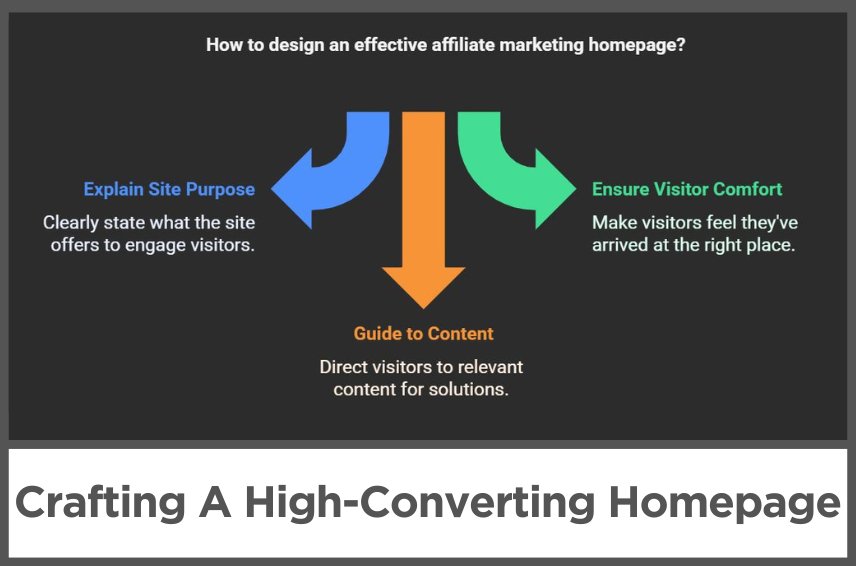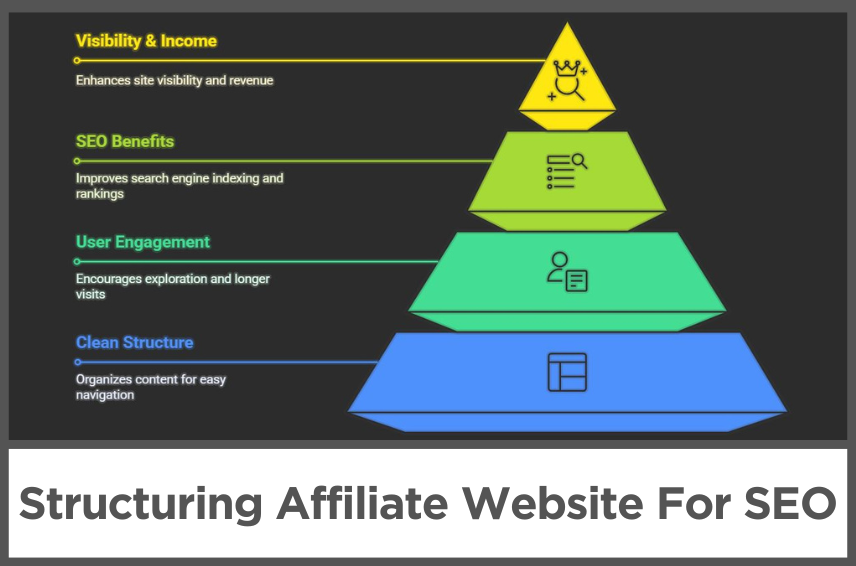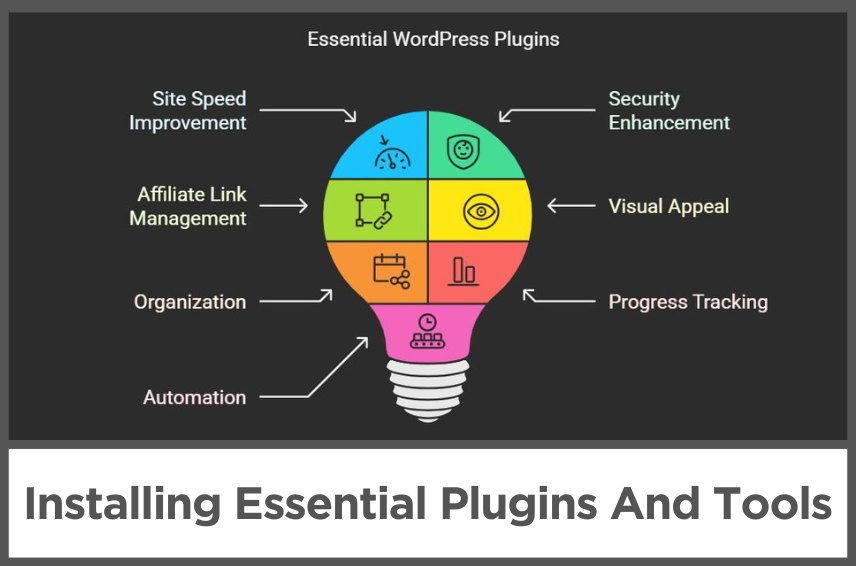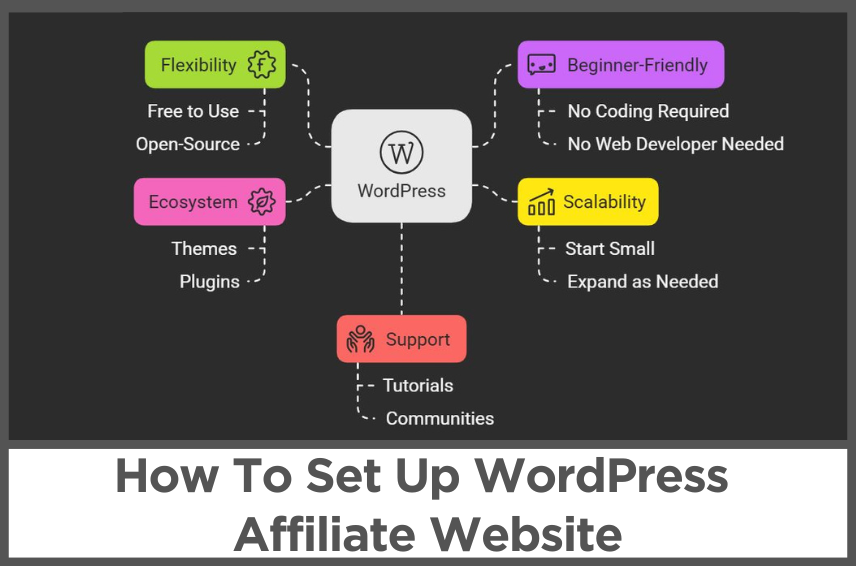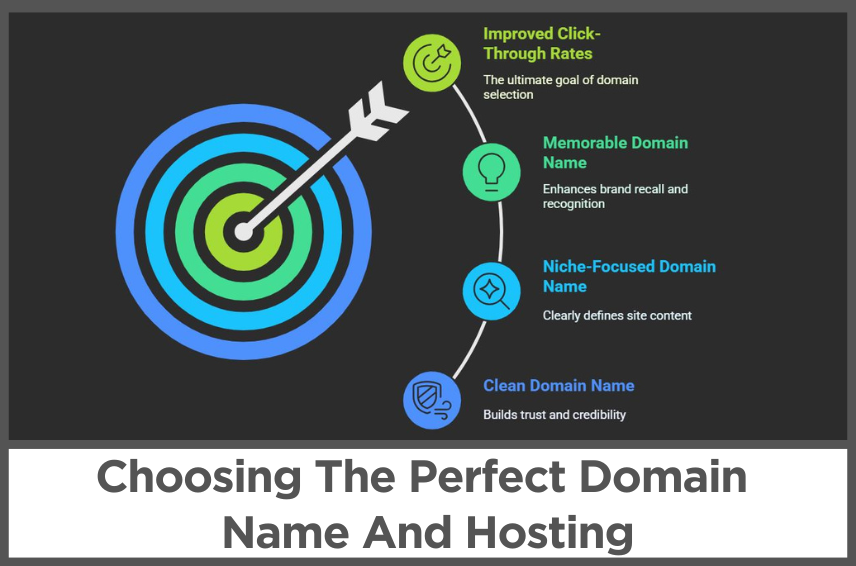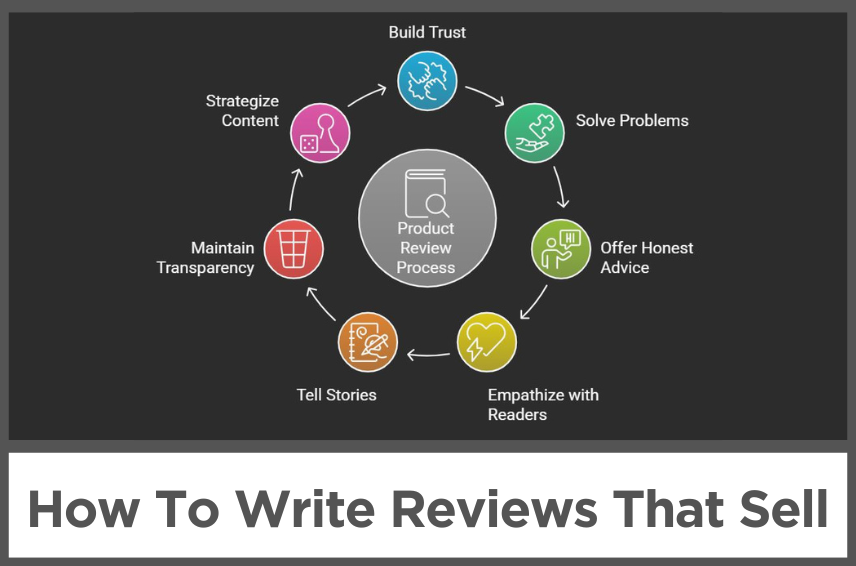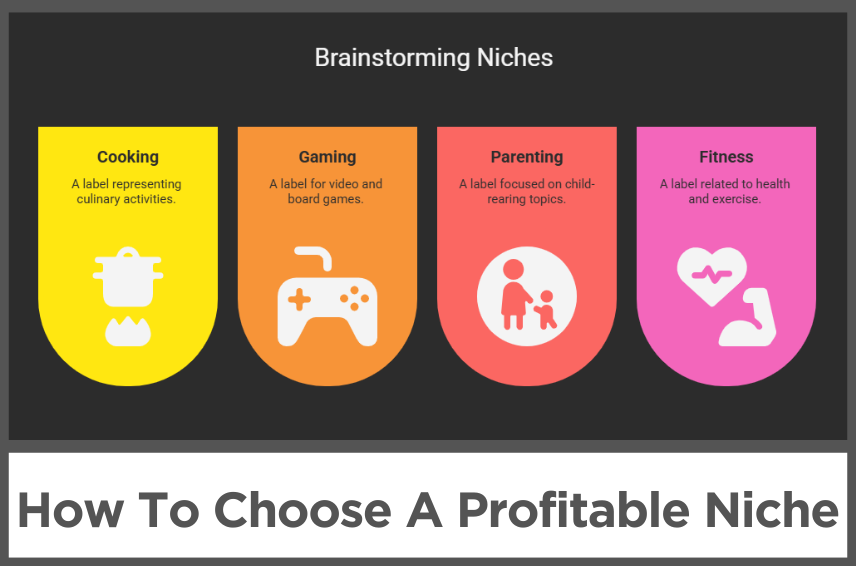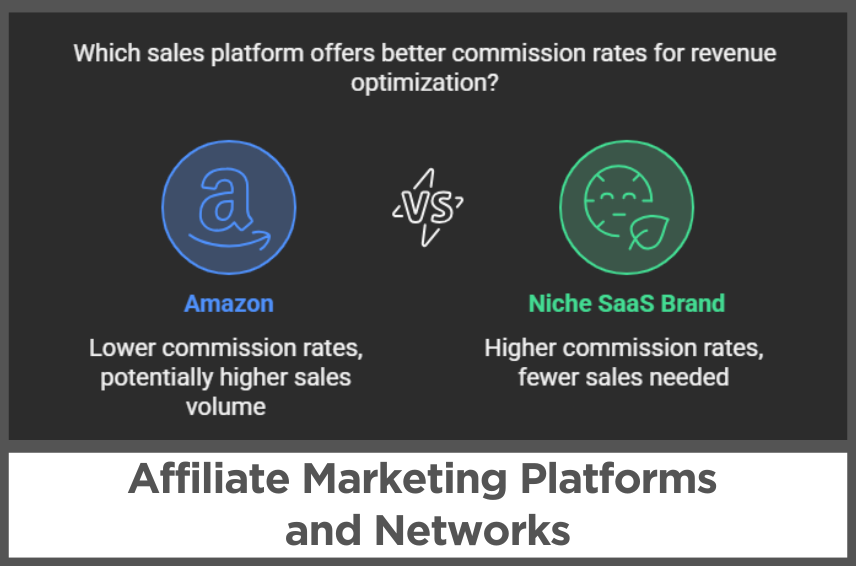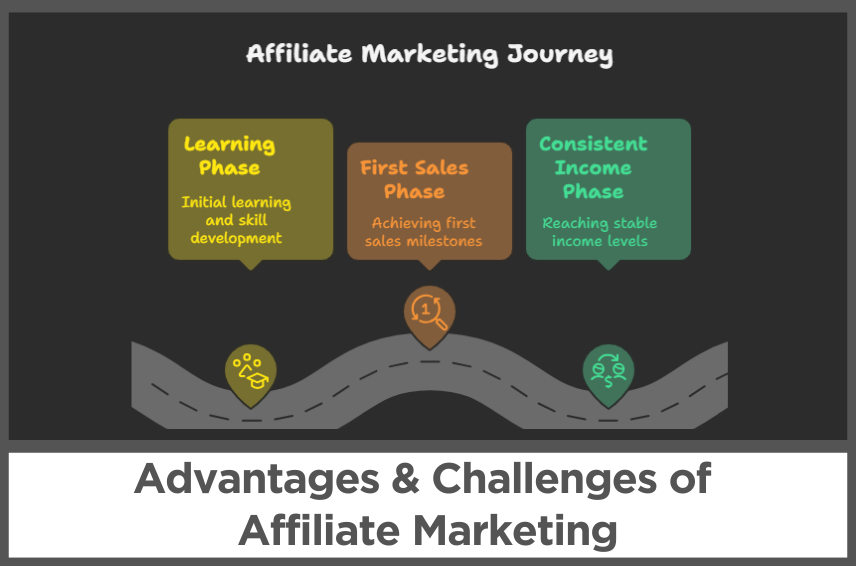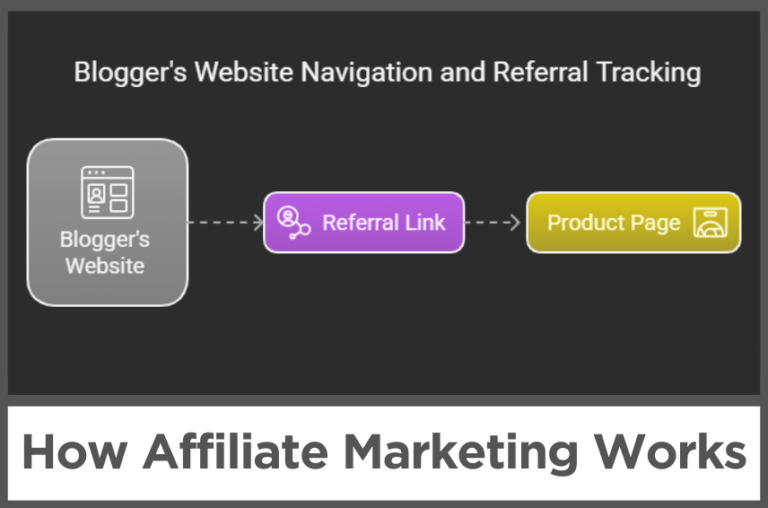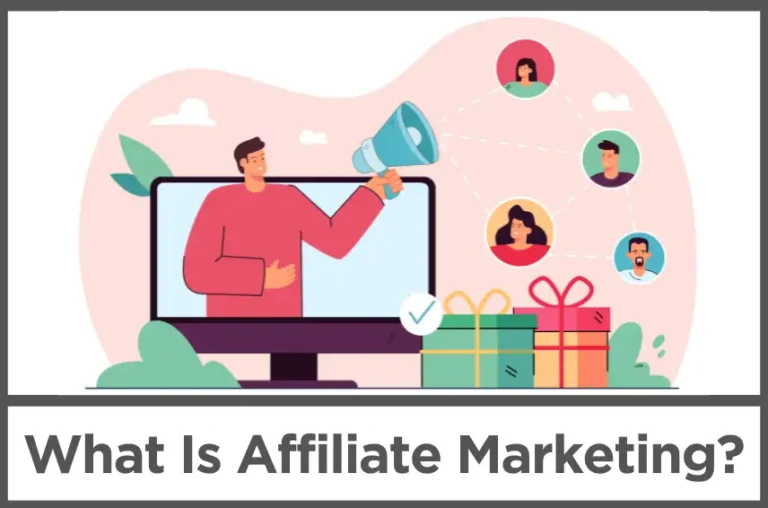M2.C4: How To Promote Your Affiliate Content
by Abhigyan
You’ve crafted the perfect affiliate review. It’s informative, engaging, and speaks directly to your reader’s needs.
Maybe you even threw in some personal anecdotes and a few well-placed product photos.
But despite all that effort, your analytics dashboard looks like a ghost town. No clicks, no conversions, and definitely no commissions.
Here’s the truth: even the best content won’t earn a penny if no one sees it. Writing reviews is only half the battle—the other half is distribution.
Think of your content like a charming little café in the middle of nowhere. If you don’t put up signs, hand out flyers, or run ads, no one’s ever going to find it.
That’s why today’s focus is on getting eyes on your reviews—without turning into a spammy salesperson.
Let’s learn how you can promote affiliate content using strategies that will bring real traffic and real results.
Disclosure: Some of the links I share might be affiliate links. If you click on one and make a purchase, I may earn a small commission as a thank you. But don’t worry, it won’t cost you anything extra. I only recommend stuff I genuinely believe in. Your support helps me keep creating awesome content. You can read my full affiliate disclosure in my disclaimer page.
IN THIS POST :
ToggleFree Strategy #1: Master SEO Without Losing Your Mind
Search Engine Optimization (SEO) sounds intimidating, but it doesn’t have to be.
At its core, SEO is simply making sure your content answers the right questions in the right way.
And when done well, it can bring in consistent, high-quality traffic—people who are actively searching for what you’re recommending.
Start with long-tail keywords. These are the specific, low-competition search terms that mirror how real people ask questions.
Instead of targeting a broad phrase like “best blenders,” go for something like “best quiet blender for small kitchens under $100.”
These specific searches signal buyer intent and are much easier to rank for in Google.
Next, get your on-page SEO in shape. This means including your target keyword in your title tag, meta description, headers, and throughout your content—naturally.
Write for humans first, search engines second.
For example, your meta description should summarize your article in a compelling way, like: “Looking for a blender that won’t wake the whole apartment? Here are 5 quiet picks for small spaces.”
Finally, build backlinks. These are links from other websites pointing to your article.
They signal trust to search engines and help your page rank higher.
You can earn backlinks by writing guest posts, offering to update outdated articles with better information, or submitting your post to niche directories.
Just one or two solid backlinks can make a huge difference in your visibility.
Free Strategy #2: Leverage Social Media
Social media can feel overwhelming—so many platforms, so many voices.
But when used strategically, it’s an incredible tool for driving traffic to your reviews.
The key is to stop thinking of it as a place to drop links and start treating it like a conversation.
Start with Pinterest if your niche is even remotely visual—kitchen gear, beauty, home organization, fitness.
Pinterest is basically a visual search engine, and users there are often in shopping mode.
Create eye-catching pins for your review posts with keyword-rich descriptions.
For example, if your article is about quiet blenders, a pin titled “5 Quiet Blenders That Won’t Wake the Baby” with a peaceful kitchen scene can do wonders.
Over on TikTok, short videos showing the product in action work incredibly well. Don’t overproduce—just be real.
A 15-second clip of you blending a smoothie and pointing out how quiet the appliance is can outperform a professionally produced ad.
Facebook Groups are goldmines, especially niche communities. Join groups related to your topic and genuinely participate.
Answer questions, offer tips, and only share your review if it fits naturally.
For example, if someone in a “Tiny Apartment Hacks” group asks for quiet appliance recommendations, drop your review link with a short explanation of what you found.
The trick across platforms is engagement.
Start polls, ask questions, share behind-the-scenes moments, or create mini-guides that link back to your full review.
The more you show up with value, the more clicks you’ll earn over time.
Free Strategy #3: Repurpose Content Like a Pro
Don’t let a great review sit quietly on your blog—stretch it into multiple formats.
Repurposing not only saves time but also helps you reach people across different platforms in the way they prefer to consume content.
For instance, if you’ve written a detailed review on quiet blenders, turn that into a YouTube video.
Show the unboxing, highlight the pros and cons, and demo the noise level.
Then embed the video in your original blog post to improve time on page and SEO.
Next, break the post into an email series. The first email can introduce the problem: noisy appliances in small spaces.
The second email could present your top product picks with a few highlights.
The third might offer an exclusive promo code or your personal favorite model with a strong call-to-action.
You can also create infographics using tools like Canva.
Design a decibel chart comparing five blender models or a “Before and After” image showing a chaotic morning routine versus a peaceful one thanks to the new blender.
These visuals can be shared on Pinterest, Instagram, or even included in your email marketing.
The more places your content appears, the more chances it has to be discovered—and clicked.
Paid Strategy #1: Facebook and Instagram Ads
Got a small budget to work with?
Facebook and Instagram ads can help you get your affiliate reviews in front of highly targeted audiences—people who are already interested in what you’re promoting.
Start by defining your audience. Think about your ideal buyer.
If you’re promoting blenders for small kitchens, target users in dense urban areas like New York or San Francisco who are interested in cooking, home appliances, and apartment living.
Facebook’s targeting options let you zoom in on exactly the right demographic.
Now craft your ad. Use a headline that speaks directly to the pain point—something like “Finally, a Blender You Can Use Without Waking the Whole House.”
Your image should be bright and relevant, maybe showing someone blending peacefully while another person naps in the background.
Add a compelling call-to-action like “Get 10% Off Today” or “Shop Now.”
Track everything. Use Facebook Pixel to monitor clicks, conversions, and cost per sale.
If your ad isn’t performing, test different headlines, images, and targeting. Small tweaks can make a big impact when you’re spending real money.
Paid Strategy #2: Google Ads to Target Buyer Intent
While Facebook excels at discovery, Google Ads is great for catching people who are actively shopping.
These users are already searching for solutions—your review just needs to be the one they find.
Bid on high-intent keywords like “best quiet blender under $100” or “Ninja vs Vitamix noise comparison.”
These users are near the bottom of the funnel and more likely to convert.
Use exact-match or phrase-match keywords to keep your targeting tight and avoid irrelevant clicks.
Set up your ad with a clear headline, such as “Top 5 Quiet Blenders for Small Apartments” and a meta description that highlights the benefits: “No more noisy mornings—find your perfect quiet blender today.”
Send traffic directly to your review page, and make sure it loads quickly and looks great on mobile.
Use negative keywords to filter out traffic that won’t convert.
For instance, if you’re targeting home users, you might add “-commercial” or “-industrial” to exclude irrelevant searches.
Google Ads can be pricey, so monitor performance closely. If your cost-per-click is too high, test different ad copy or lower your bid.
The goal is to stay profitable while scaling gradually.
Advanced Tactic: Retargeting Abandoned Clicks
Sometimes people click your affiliate link but don’t buy right away.
That’s okay—it happens. But you don’t have to lose those potential commissions. Use retargeting to bring them back.
Tools like GetResponse let you create exit-intent popups for users about to leave your site.
You can offer a limited-time discount, bonus guide, or a reminder of why the product solves their problem.
For example, “Still thinking it over? Get 10% off your quiet blender if you buy in the next 60 minutes.”
Social proof also helps. A popup that says “32 people bought this blender today” builds trust and urgency.
You can also use email retargeting if you’ve captured their address—follow up with helpful reminders and benefits, not just sales pitches.
Retargeting works because it keeps your recommendation top of mind during the decision-making process.
Sometimes all it takes is a second nudge to turn a maybe into a yes.
Tools To Supercharge Your Promotion
You don’t have to go it alone—plenty of tools can help speed up your promotional efforts and make your content even more effective.
Tools like Clicks can help you find low-competition keywords to rank for without breaking a sweat.
CorelDraw helps you design beautiful graphics for Pinterest, Facebook, and your blog.
Use SurferSEO to structure your content in a way that Google loves. It suggests headings, keyword placements, and word count based on top-ranking competitors.
Tailwind makes scheduling your Pinterest content a breeze and gives you insights into what’s working best.
These tools cost a bit, but they’re often worth it once you start seeing traction and want to scale.
Common Pitfalls To Avoid
Even with all these strategies, there are a few traps that can kill your momentum.
Don’t fall into the habit of spamming your links everywhere.
People want value, not a hard sell. Focus on solving problems, answering questions, and being genuinely helpful.
Also, check your analytics regularly. Use Google Analytics to see which reviews are getting traffic and which ones are converting.
This helps you double down on what’s working and improve what’s not.
And finally, don’t put all your eggs in one basket. If Pinterest is your top traffic source, start building an email list or growing on TikTok as a backup.
Platforms change—your business should be able to adapt.
What’s Next?
Now that your content on free writing platforms is reaching the right eyes, let’s learn how you can have your own personalised affiliate website.
Having your own affiliate website is better than writing content on free platforms like Blogger or Medium, because you have limited control over your content and design.
When you have your own website, there is no restriction on what and how you want to promote your products.
Furthermore, you don’t have to worry about your content getting removed by a third party due to their changing policies.
Next Chapter:
Previous Chapter:
Abhigyan Mahanta
Hi! I’m Abhigyan, a remote web developer and an affiliate blogger. I create beginner-friendly guides to help new affiliates get started and grow in affiliate marketing. I also share information on remote companies and interview preparation tips.

